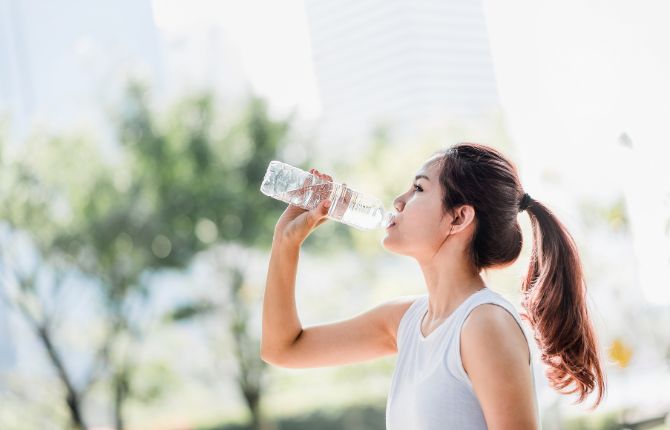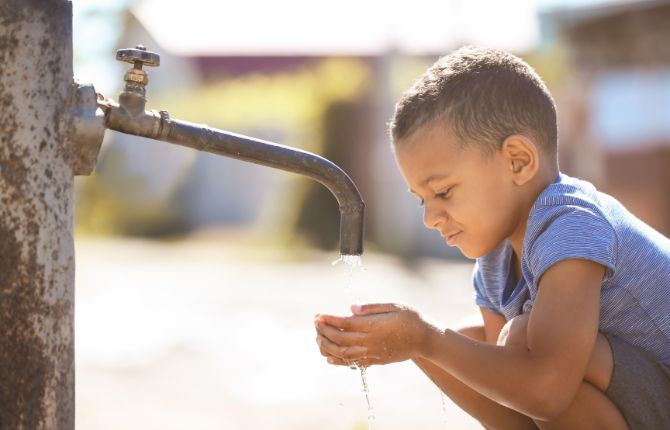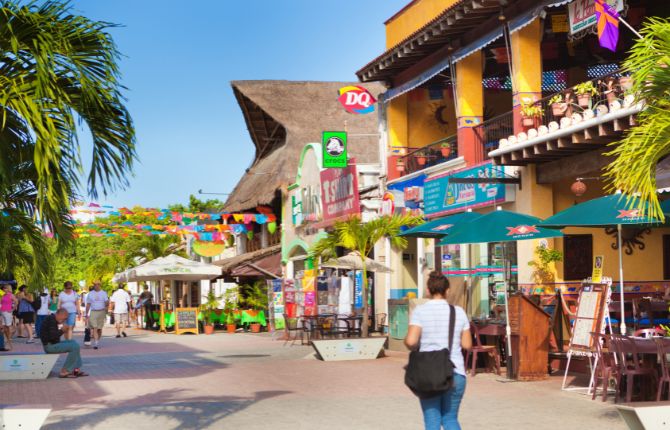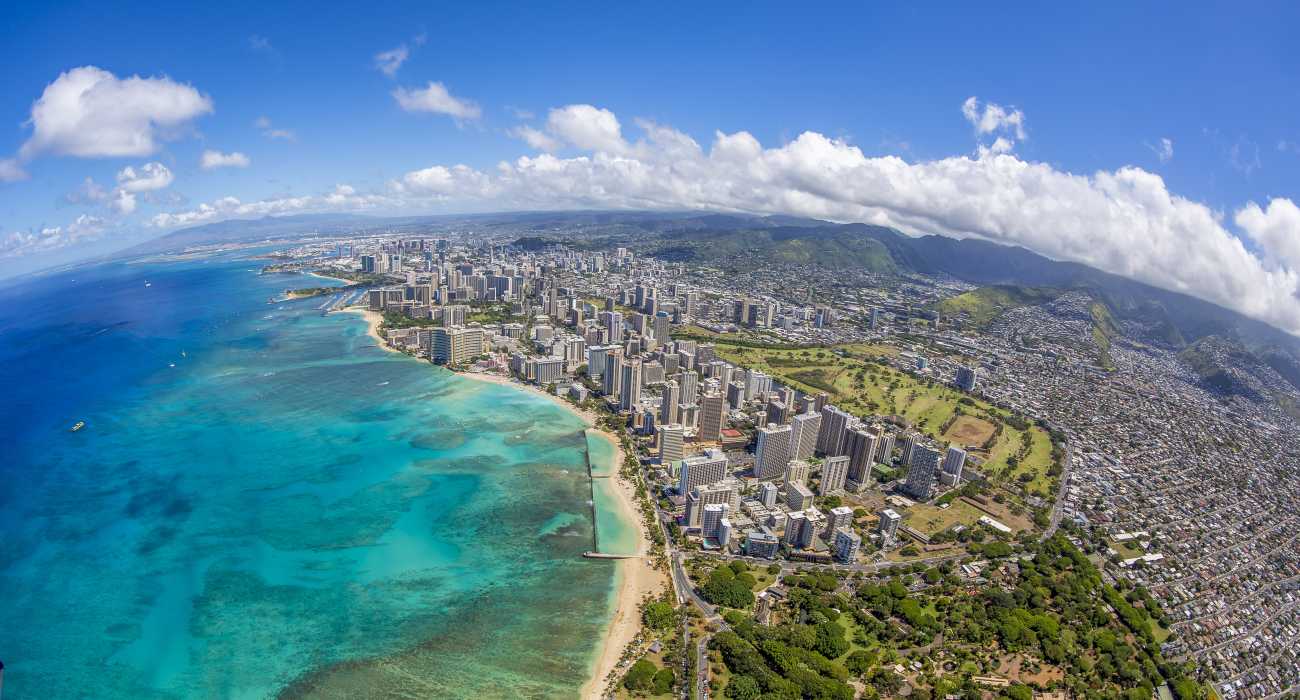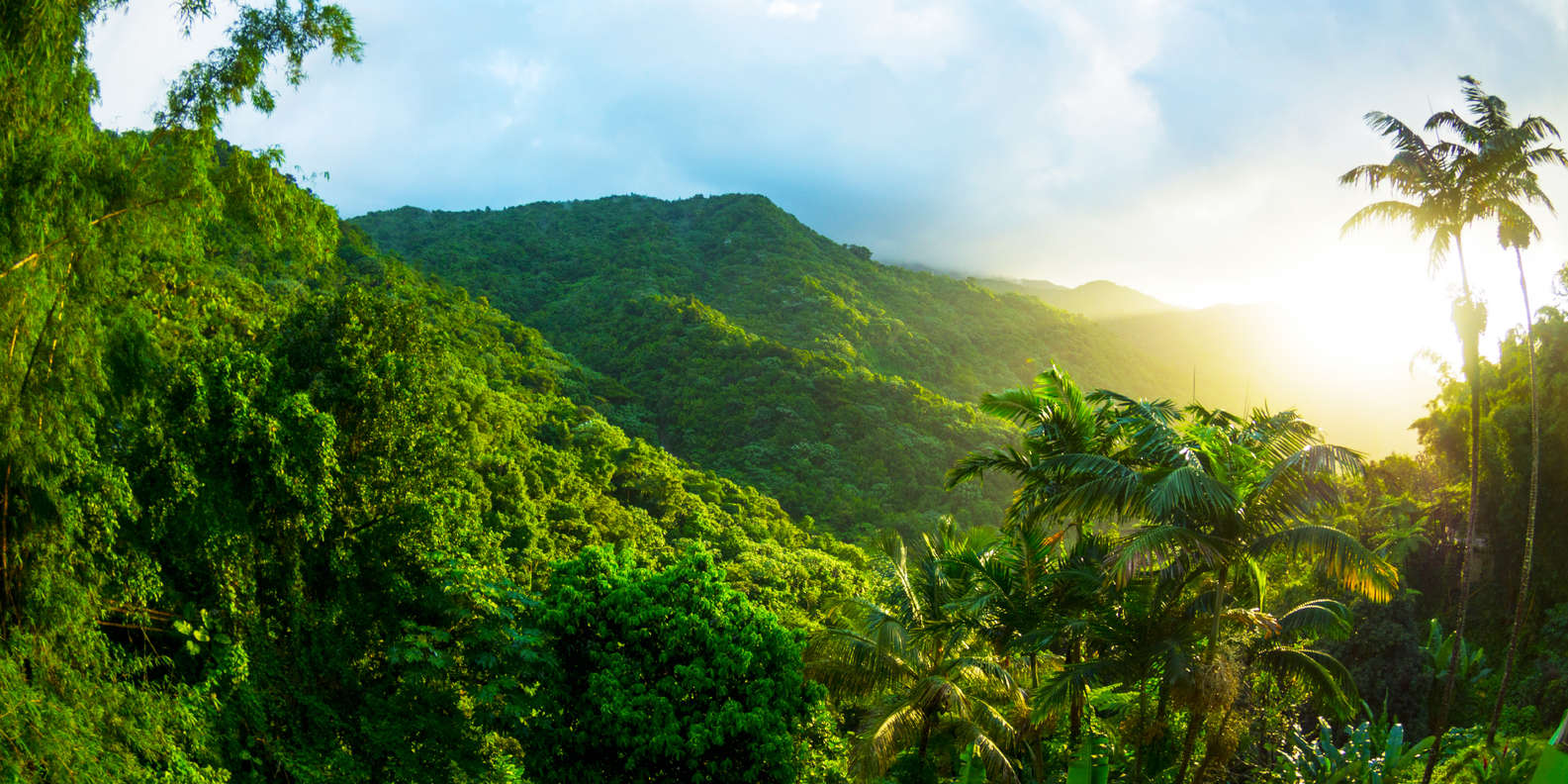Here’s the best answer to the question in your mind “Can You Drink Tap Water in Mexico?”.
When travelers think of Mexico, they conjure up images of vibrant culture, pristine beaches, and mouthwatering cuisine. However, one recurring question often nags at the back of their minds – can you drink tap water in Mexico?
The subject of tap water safety in Mexico has long been a topic of debate, and it’s essential to separate fact from fiction to ensure a safe and enjoyable visit to this beautiful country.
In this article, we delve into the history, the present situation, and tips for staying hydrated without fear during your Mexican adventure.
Can You Drink Tap Water in Mexico?
A Brief History of Mexico’s Tap Water Quality
Mexico, like many countries, has struggled with providing consistently safe tap water over the years. The root of the issue can be traced back to its rapid urbanization and industrialization during the mid-20th century.
As population centers grew, so did the demands on the water supply infrastructure, leading to inadequate sanitation and treatment processes.
In the 1980s, contamination concerns reached an alarming level, particularly in major cities and tourist destinations. Waterborne diseases such as cholera and gastrointestinal infections were prevalent, earning Mexico a reputation for having unsafe tap water.
This reputation has persisted, impacting tourism and contributing to widespread misconceptions about the safety of drinking tap water in the country.
Water Quality and Potability in Mexico
Mexico’s tap water quality varies significantly depending on the region. In major cities and tourist destinations, such as Mexico City, Cancun, and Puerto Vallarta, the local water treatment facilities are generally effective in producing potable water.
In these areas, the tap water is usually considered safe for locals and residents who have built immunity to the specific contaminants.
However, in rural and less-developed regions, the tap water may not be as reliable. These areas often lack proper infrastructure and face challenges in providing clean water. In such cases, it is best to avoid drinking tap water and opt for bottled water instead.
Improvements and Efforts
Recognizing the urgent need to address the water crisis, the Mexican government and local authorities have taken significant strides to improve the quality of tap water.
Over the past few decades, there have been substantial investments in water treatment plants, infrastructure upgrades, and regulatory reforms.
Today, Mexico has made considerable progress in increasing access to clean water and improving its safety standards. Cities like Mexico City, Cancun, and Guadalajara have shown remarkable improvement in their tap water quality.
They now meet or exceed international water quality guidelines. However, challenges persist in rural areas and some smaller towns, where access to clean water remains an issue.
Understanding the Current Situation
Despite improvements in tap water quality, the situation varies across regions and cities in Mexico. It is crucial for travelers to understand the nuances before making decisions about drinking tap water during their visit.
1. Large Cities and Tourist Destinations: As previously mentioned, major urban centers and popular tourist destinations often have water treatment facilities that adhere to international standards. In cities like Mexico City, Playa del Carmen, and Puerto Vallarta, the tap water is generally considered safe to drink.
2. Rural Areas and Smaller Towns: In contrast, rural areas and smaller towns may still face challenges in maintaining water quality standards. In these regions, it’s safer to err on the side of caution and avoid drinking tap water. Instead, rely on bottled water or use purification methods to ensure your safety.
3. Water Source and Piping Infrastructure: Even in areas with relatively safe tap water, the infrastructure of the building you’re staying in can impact water quality. Older buildings with corroded pipes or poorly maintained plumbing might introduce contaminants into the water supply, making it unsafe to drink.
Understanding the Risks
The primary concern with tap water in Mexico is the potential presence of harmful microorganisms and contaminants, such as bacteria, viruses, parasites, and pollutants. Consuming contaminated water can lead to waterborne illnesses, such as traveler’s diarrhea, cholera, or hepatitis A.
Moreover, travelers might not have the same level of immunity as the locals, making them more susceptible to the adverse effects of the contaminants. As a result, visitors are at a higher risk of falling sick if they consume tap water without taking necessary precautions.
Staying Safe: Tips for Drinking Tap Water in Mexico
While some areas have improved their tap water quality, it’s always wise to exercise caution to avoid any potential risks. Here are some practical tips to stay hydrated and safe during your time in Mexico:
1. Bottled Water: The most straightforward approach is to rely on bottled water, which is widely available throughout the country. Look for reputable brands and ensure the seal is intact before purchasing.
2. Boiling Water: Boiling tap water is a cost-effective and reliable method to kill harmful pathogens. Ensure you bring the water to a rolling boil for at least one minute before cooling it down and consuming it.
3. Water Purification Devices: Portable water purification devices, such as water filters and purifiers, are convenient options for travelers. They can effectively remove impurities from tap water and offer peace of mind.
4. Refill Stations: Many hotels, hostels, and restaurants have water refill stations that use filtered water. Carry a reusable water bottle to minimize plastic waste while ensuring access to safe water.
5. Be Cautious with Ice and Raw Foods: If you’re unsure about the water quality, avoid consuming ice in drinks and be cautious with raw foods that may have been washed with tap water.
Precautions for Drinking Tap Water in Mexico
- Boil the Water: If you are in a place where tap water quality is questionable, it is advisable to boil the water before consumption. Boiling water for at least one minute will kill most microorganisms, making it safer to drink. Remember to let it cool before drinking.
- Filter the Water: Another option is to use a high-quality water filter that can remove harmful contaminants. Ensure that the filter is suitable for purifying tap water and follow the manufacturer’s guidelines for optimal results.
- Purchase Bottled Water: The most convenient and widely available option is to buy bottled water from reputable brands. Look for bottles that are properly sealed and avoid buying water from street vendors to minimize the risk of counterfeit products.
- Avoid Ice and Uncooked Foods: When dining out, be cautious about ordering beverages with ice, as the ice may be made from tap water. Additionally, avoid eating raw fruits and vegetables that might have been washed with untreated water.
- Brush Your Teeth with Bottled Water: Even if the tap water is safe for locals, it might still contain unfamiliar microorganisms that could upset the digestive system of travelers. Play it safe and use bottled water for brushing your teeth.
- Stay Hydrated: Especially in hot and humid climates, staying hydrated is crucial. Carry a reusable water bottle and fill it with purified water when possible.
Conclusion
In conclusion, the safety of drinking tap water in Mexico depends on the specific location you are visiting. In urbanized areas and major tourist destinations, the tap water is generally safe for locals.
However, as a traveler, it is essential to take precautions and avoid consuming tap water in rural or less-developed regions.
To ensure a safe and enjoyable trip, opt for bottled water, boil or filter tap water when necessary, and avoid risky practices like consuming ice or raw food washed in tap water.
By staying informed and following these guidelines, you can confidently navigate the issue of tap water safety in Mexico and focus on exploring the beauty and wonders this diverse country has to offer.


